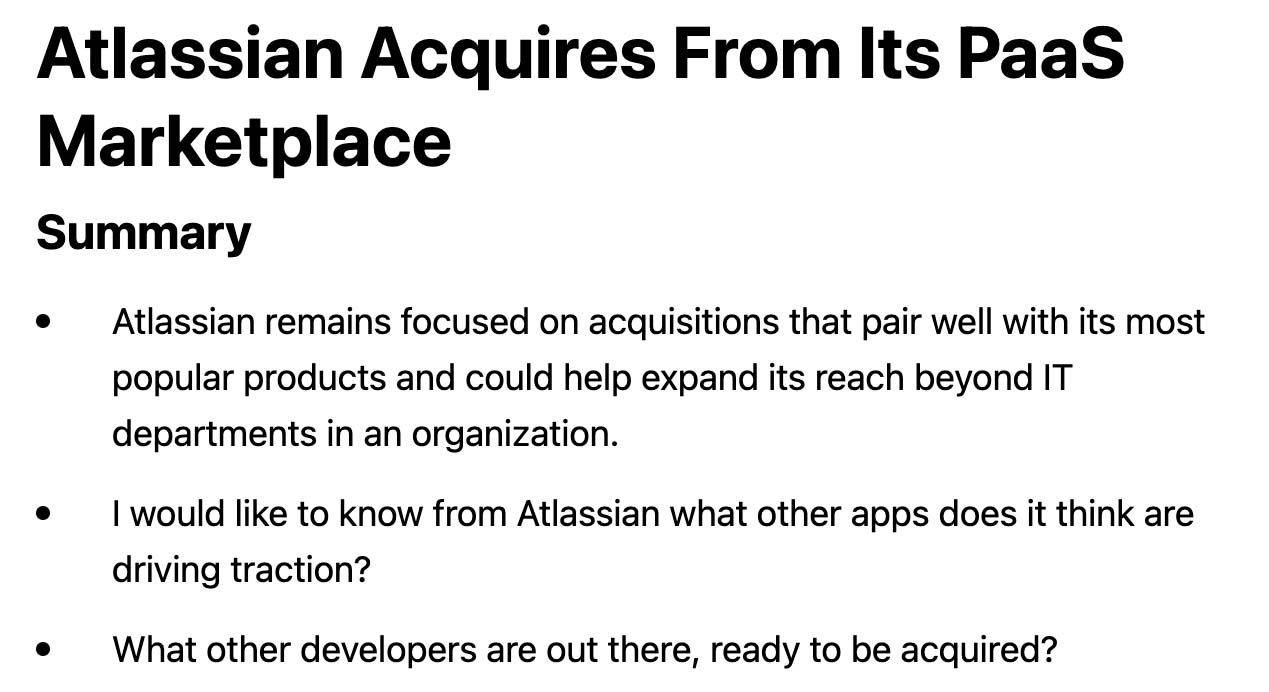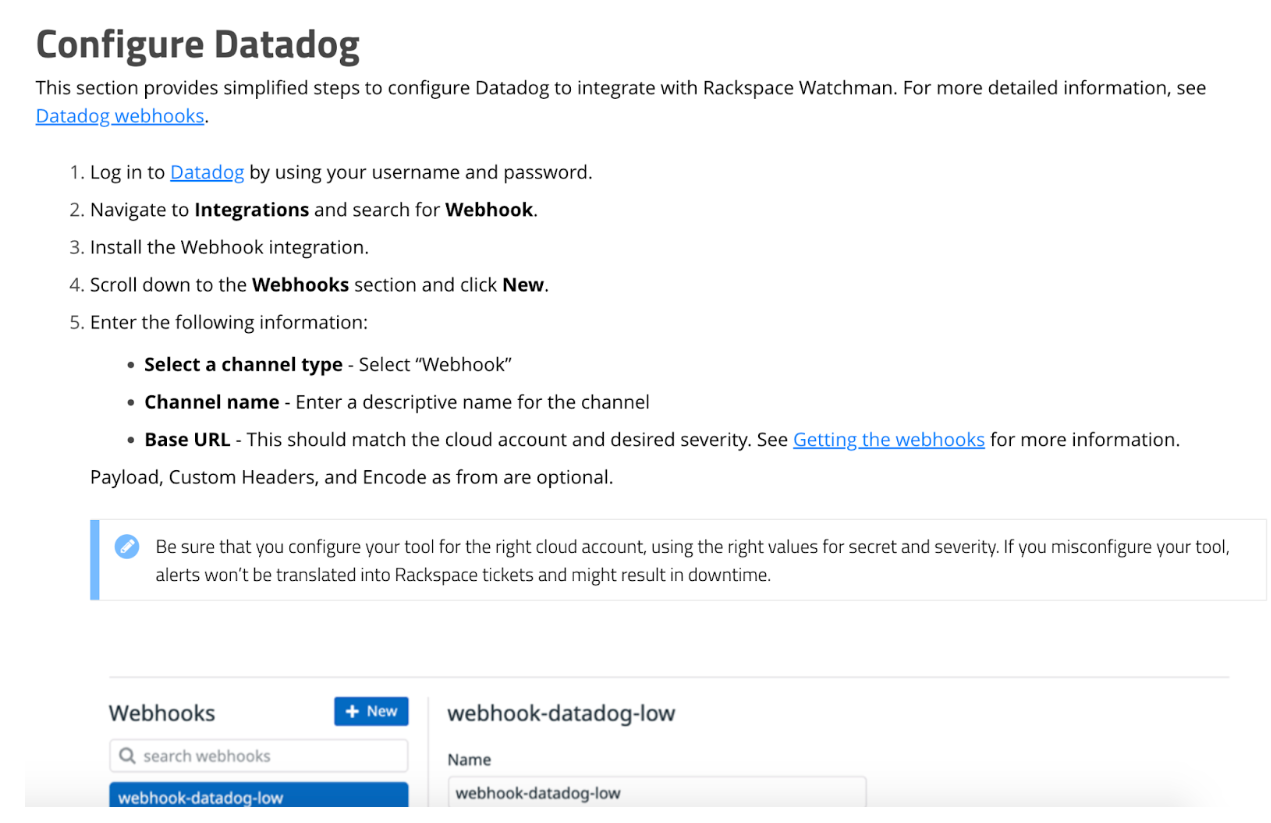Growing Together: Building Ecosystems to Grow PLG Startups
 Smit PatelPostman
Smit PatelPostman
How to Build an Ecosystem to Support Product-Led Growth
Any time you build a strategy for any org at a product-led growth (PLG) business, it’s important to understand what makes such businesses unique. The concept of PLG comes from the larger strategy of initially going to market in a bottom-up manner, approaching and engaging practitioners first in a low-touch, low-friction manner, such as via a free trial on your company’s website, rather than trying to start by selling top-down through your sales team pitching to corporate executives who are more likely to have budget approval. In a PLG business, revenue is a byproduct of a great product experience, so each function in the company has to operate with that lens while making decisions.
As startups scale from their earliest stages of selling small deals to individual buyers to mid-market and enterprise deals in which they sell to larger buying committees, Partnership teams also need to evolve how they provide value to a PLG business.
The traditional channel, reseller or procurement-type partnerships continue to fade away even more with the proliferation of cloud marketplaces.
Building an ecosystem and becoming a “supernode” is how a partnerships team can add value in a PLG business. The strategy should involve a mix of product partnerships (strategic partners, upcoming startups), VCs, solutions partners, and cloud marketplaces.
Product Partnerships (Integrations)
Product partnerships can take several pathways, such as integrations, marketplaces, and plugins, among others. Regardless of the path, partnerships should enable an easy way to share data across multiple applications to provide joint users and customers with a seamless product experience without context switching. Such partnerships only work when you have a solid “better together” story that outlines how your product and the partner’s product solve a gap in the current user journey. Such integrations can also let you move faster instead of building every feature in-house–helpful in a resource-constrained environment.
At Postman, we recently announced a strategic product partnership with Microsoft Azure that lets our joint-users build and test APIs more easily across our solutions. Before this integration, the user experience needed to be more cohesive from both sides. Now, users can export their APIs from Azure into Postman to test quickly and deploy to Azure seamlessly from Postman. We created a “better together” story to improve the developer experience for working with APIs.

A successful integration will assist with two core metrics for software-as-a-service (SaaS): Acquisition and retention. Strategic partners can help co-market into new verticals or segments. Such new segments typically tend to be the enterprise segment, where the more-significant partner has a higher penetration. A highly adopted integration will ultimately make your product stickier.
70% of Atlassian Jira and Confluence Cloud customers have at least one app installed from their cloud marketplace. When customers add at least one app or integration in Jira Software, dollar churn reduces by approximately half.
VCs, Accelerators, Startups
As any business grows, it’s crucial to continue innovating and have a pulse on upcoming industry trends. You can drive innovation by giving startups the opportunity to join your ecosystem. Startups can integrate with your product and get visibility across your ecosystem. You can also build a platform moat as more companies build integrations with your product. There are several ways to engage startups, such as startup discounts, providing education on industry topics, access to industry experts, and even investment capital.
Building relationships can also provide a pipeline for M&A in the future. Accessing usage data gives you an early insight into what features drive product usage. Datadog has 500+ integrations, including several upcoming startups, which could lead to M&A opportunities. Atlassian has turned its marketplace into an acquisition pipeline engine, often resulting in M&A opportunities before most others can see them.

Solutions Partners
PLG businesses typically feel the growing pain of education, training, and enablement as they start scaling. When a customer doesn’t get onboarded in a timely manner and can’t realize time to value quickly, they’re less likely to get engaged with your product and less likely to consume their subscription allowance, increasing the risk of churn at contract renewal time. While a product ideally “sells itself” to an individual user or a small team at a PLG business, it requires a structured onboarding playbook to successfully sell to and deploy across a large team or enterprise. Solutions partnerships such as consultants, system integrators, and value-added resellers (VARs) can help scaling businesses cross the chasm. They can act as an extension to customer success and design playbooks based on their experience.
In my role at Datadog, I helped build a partnership strategy to work with Managed Service Providers (MSPs), Cloud Consultants and System Integrators (SIs) that help organizations with cloud transformation and manage their cloud infrastructure. When I joined the organization, we were at the cusp of the cloud market explosion and realized that some customers preferred to work with such partners for training and cost efficiency. We decided to build a strategy that would let Datadog become the preferred cloud monitoring tool for such partners and provide a quick way to onboard customers. We even built features specifically for MSPs or integrated them with their internal playbooks or portals like Rackspace.

Cloud Marketplaces
Gartner, Inc. forecasts that in 2023, worldwide public cloud spending will grow 20.7% to a total $591.8 billion, up from $490.3 billion in 2022. Time will tell whether we’ll continue to see such sustained growth , but cloud marketplaces have become a core part of the growth strategy for major cloud vendors. It’s a symbiotic relationship between independent software vendors (ISVs) and cloud providers. By selling through cloud marketplaces, ISVs can accelerate their sales cycles and get access to customers. Enterprises tend to have agreements to pay cloud providers certain amounts, which can also be used towards the marketplace.
It turns out there is a rigorous onboarding process to become part of cloud marketplaces, including technical validation and joint GTM planning. Success is usually measured in three ways for these partnerships:
- Build: Developing and hosting your solution on your partners’ marketplace(s)
- Market: Promoting the “better together” story of your solution plus your partners
- Sell: Planning joint GTM to sell your solution through the marketplace and cloud providers’ sales teams
It’s critical to keep in mind that you cannot just dip your toes with such partnerships. As your company scales to the enterprise and looks to make those important inroads, you need complete buy-in from leadership and dedicated resources to invest and cultivate the relationship. Many large cloud vendors have thousands of potential ISVs they could be working with, so you need to show enough skin in the game from your end to receive support.
How to Hire for Ecosystem Roles
Ecosystem teams are hard to build because they require a unique combination of a strategic, technical, relationship builder and GSD mindset. You cannot hire traditional channel partner folks as these are not just procurement-focused partnerships. You need folks who can cultivate relationships and have a clear perspective on your industry. On a given day, you might be speaking with a company to build a product integration that may turn into competition in a few quarters or a potential acquisition opportunity.
Conclusion
Strong ecosystems build defensibility for a scaling PLG business by positioning you as an important player in the game and giving you a chance to be a category leader. Strategic partnerships also help with market positioning, benefiting both private and public companies. Datadog’s stock price jumped a double digit percentage after announcing its Microsoft partnership. Building ecosystems can be even more critical in challenging economic environments. As an ambitious startup scaling into enterprise accounts, you can move faster together than riding alone.
More Resources
Content from the Library
Product-Led Content Strategy w/ Atlassian Product Marketer Alex Zhitnitsky
A content strategy can be one of the most powerful tools in the early stage founder’s toolkit, but it can also be a time suck and...
From Engineer to Enterprise Leader
When you’ve spent your career judging code quality, how do you suddenly assess marketing copy, GTM models or a sales forecast? In...
Jamstack Radio Ep. #85, Data Replication at Speed with Jaxon Repp of HarperDB
In episode 85 of JAMstack Radio, Brian is joined by Jaxon Repp of HarperDB. They discuss Jaxon’s enterprise software career...